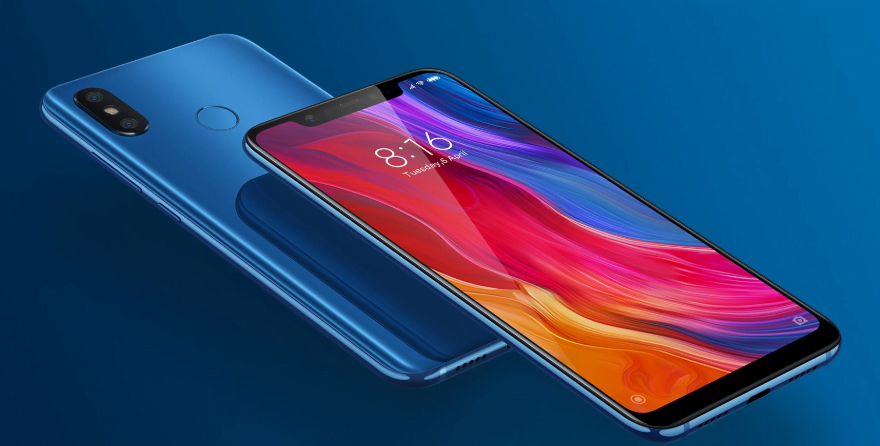Xiaomi is emerging as a popular Android smartphone brand. The Chinese company is known for offering value for money, and following the same mantra, it has launched many impressive handsets. However, for many years, users of Xiaomi phones have been saying the phones show the incorrect signal strength.
Are Xiaomi phones hiding signal strength?
On several forums, users have been complaining about Xiaomi phones displaying the wrong signal strength, according to tech site PiunikaWeb. According to the complaints, a Xiaomi phone running on the company’s own MIUI firmware may show the proper signal strength, but the results vary on custom operating systems such as LineageOS.
“So I installed Lineage OS (LOS) on my Poco F1 ….. I noticed a little higher battery drain at first so I started to investigate….. But my cell reception seemed to be worse than under MIUI and sometimes when I pick up my phone it shows no reption [sic] at all but then recovers quickly and starts to show some bars,” one user complained on XDA Developers’ forum.
Many of those who complained were using BetterBatteryStats, which is XDA’s battery monitoring tool. The tool provides details on cellular signal strength and resulting battery consumption. The results shared by these users show suggest the signal strength on Xiaomi phones is more consistent on the stock MIUI than on custom ROMs. The results have mostly been the same across Xiaomi handsets, including the Redmi Note 4, Poco F1 and others.
It seems the issue is related to the cellular modem, which oversees all telephony-related functions. This modem (or baseband) communicates with Android using a radio interface layer (RIL). To put it simply, it helps the phone connect with the nearest cellular network, show the signal strength, change LTE bands and more.
Additionally, the OS shows the findings of the baseband visually, like displaying the signal bars to show the network strength. There may be some miscommunication between the baseband and the OS when the device is on custom ROMs. While some custom ROM developers have come up some fixes, there is still no clarity on the topic, like if it’s a mistake or a deliberate decision on Xiaomi’s part.
Can carriers define signal bars?
Whether or not Xiaomi is doing it intentionally may not be clear, but what is known is that carriers can change the way signal bars appear in Android Pie. To show the signal bars, the phone calculates how strong the network is in the user’s current location. The phone (with help from the OS) presents that value in the form of the signal bars, which is understandable to all.
XDA has discovered a new configuration that would allow carriers to set their own signal strength limits for each of the LTE signal bars. This means the phone may show full strength even with a lower value of signal strength. Such a configuration may lead users to believe the signal is stronger than it actually is.
So far, the LTE signal strength threshold values were specific to the device and not the carrier. However, these values can be tweaked by carriers, meaning that a carrier-specific variant of a device could have thresholds customized for that carrier. However, with Android P, customizing these thresholds is an option on unlocked phones as well, notes XDA.
It is possible that carriers requested this feature from Google, and the search giant obliged. It is also possible that carriers requested it with no negative intentions, but instead to show signal bars that are actually consistent with a specific carrier or country. On the other hand, such a feature could be used by carriers to dupe users into believing that the network on their phone improved after ditching their previous carrier.
However, XDA noted that the feature does not affect or restrict any API, and those looking for an accurate measurement of their cellular network can use third-party apps.
Expanding presence in Africa
Meanwhile, Xiaomi continues to expand its presence in African countries. Although the company already enjoys a presence in Africa via third-party distributors, there are reports that the company has established a dedicated African department.
Xiaomi currently sells its devices in South Africa, Kenya and Nigeria via distributors, but in some regions, the distributors only focus on selected Xiaomi devices. Thus, by expanding its presence in the region, the Chinese company aims to play a bigger role in the distribution of its devices. Additionally, eliminating middlemen could help the company lower the prices of its handsets in the region.





